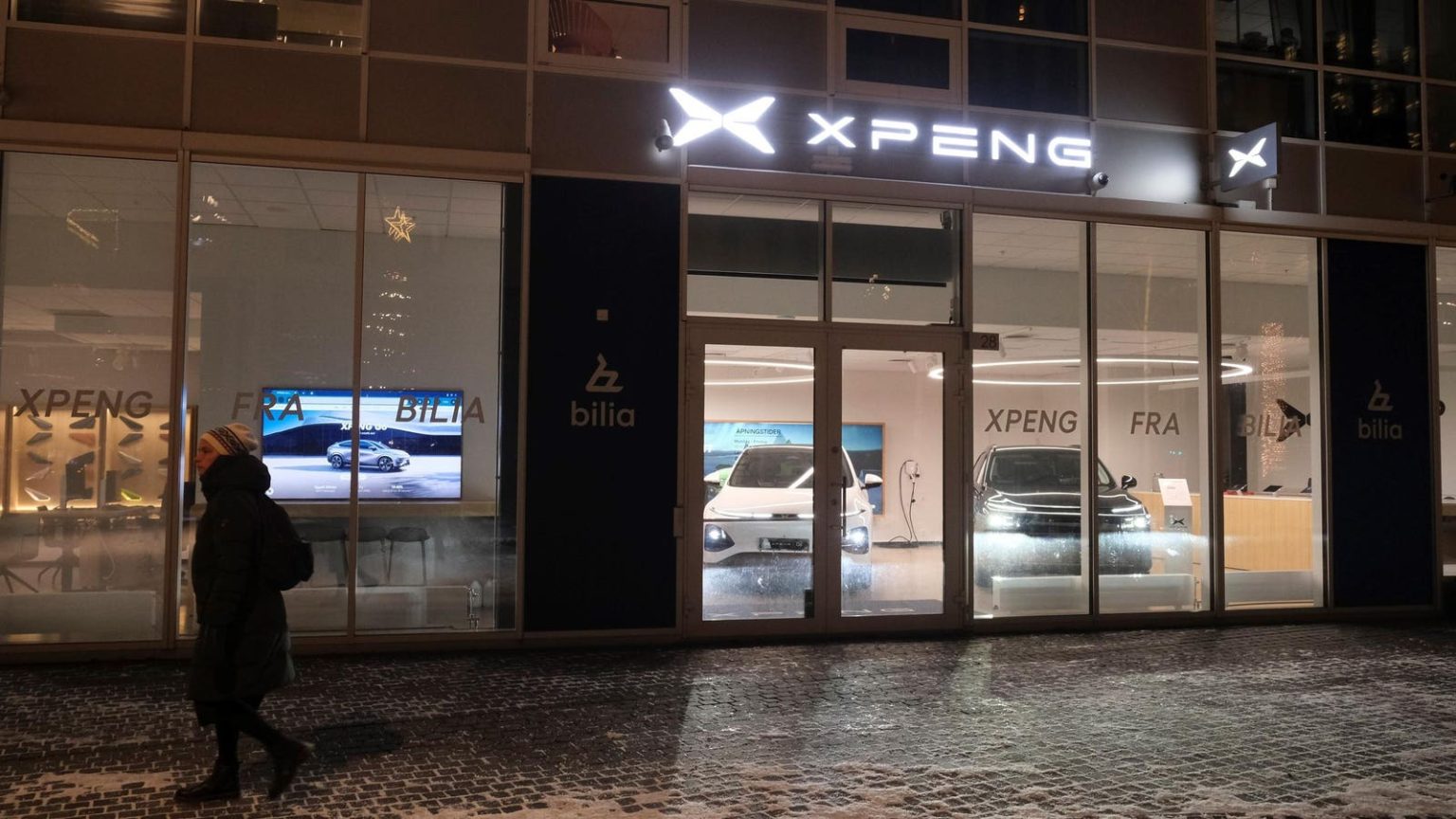Xpeng’s Strong December Deliveries and 2024 Performance Fuel Optimism for Future Growth
Xpeng, a prominent player in the Chinese luxury electric vehicle (EV) market, concluded 2024 on a high note, reporting impressive delivery figures for December. The company delivered 36,695 vehicles, marking a substantial 82% year-over-year increase and a 19% month-over-month growth. This strong performance contributed to Xpeng’s overall 2024 deliveries reaching 190,068 units, a 34% surge compared to 2023. These numbers place Xpeng in a competitive position within the burgeoning Chinese EV landscape, although still trailing behind Li Auto, which reported December deliveries of 58,513 units. Nio, another key player, saw deliveries of 31,138 vehicles in December, representing a 73% year-over-year increase.
A key driver of Xpeng’s success in 2024 was the introduction of its new sub-brand, Mona. The Mona M03, the brand’s inaugural model, achieved remarkable sales, surpassing 15,000 units in December – its fourth consecutive month with sales exceeding 10,000 units. The M03’s competitive pricing, starting at approximately $17,000, positions it significantly lower than Xpeng’s other models and roughly half the price of Tesla’s Model 3 and Model Y, attracting a broader consumer base. Furthermore, the XPENG P7+ sedan, launched in November, also contributed significantly to the company’s strong performance, with December sales exceeding 10,000 units. This dual success with both the M03 and P7+ demonstrates Xpeng’s ability to cater to different market segments with compelling product offerings.
Despite this positive momentum, Xpeng’s stock performance has been relatively subdued in recent years. This raises the question of whether the company can maintain its growth trajectory in the face of prevailing macroeconomic uncertainties, or if it risks repeating the underperformance seen in 2021 and 2022. The current economic climate, characterized by fluctuating interest rates and geopolitical tensions, presents challenges for all businesses, and the automotive industry is no exception. However, Xpeng’s recent performance indicates a potential for a strong recovery and future growth.
Evaluating Xpeng’s valuation in comparison to its competitors provides further context for its potential. Currently, Xpeng’s stock trades at approximately 2.6 times its estimated 2024 revenues. While this multiple isn’t unreasonable, it is higher than both Nio and Li Auto, suggesting a more optimistic market outlook for Xpeng. However, it remains significantly lower than Tesla’s multiple of approximately 13 times estimated 2024 revenues, indicating the potential for further growth if Xpeng can continue to execute its strategy effectively. It’s important to note that Xpeng’s recent growth has outpaced its rivals, which further supports the argument for a potentially higher valuation.
Xpeng’s competitive edge lies in its focus on advanced driver-assistance systems (ADAS). The company positions itself as a leader in autonomous driving technology within the Chinese EV market, claiming to be the only domestic automaker offering urban ADAS that functions without relying on high-definition maps or expensive LiDAR sensors. This approach could make Xpeng’s ADAS more affordable and accessible, potentially driving wider adoption and contributing to the company’s long-term success. This technological advantage could be a crucial differentiator in a market increasingly focused on autonomous driving capabilities.
Beyond its domestic market, Xpeng is actively pursuing international expansion, aiming to enter over 60 countries by 2025. This ambitious plan reflects the company’s confidence in its products and technology and its desire to tap into the growing global demand for EVs. Successful international expansion could significantly broaden Xpeng’s revenue base and further solidify its position as a major player in the global EV market. This strategic move, if executed effectively, could unlock significant growth potential for the company. The success of this expansion, however, will hinge on adapting to varying regulatory landscapes, consumer preferences, and competitive dynamics in different regions.
In conclusion, Xpeng’s robust 2024 performance, driven by the success of its new models and its focus on affordable autonomous driving technology, presents a compelling case for its future growth. While macroeconomic uncertainties remain, the company’s competitive pricing, technological advancements, and international expansion plans position it for potential success in the rapidly evolving EV market. The coming years will be crucial for Xpeng to solidify its position as a leader in the increasingly competitive landscape of electric vehicles, both domestically and globally. The company’s ability to navigate these challenges and capitalize on emerging opportunities will ultimately determine its long-term success.

